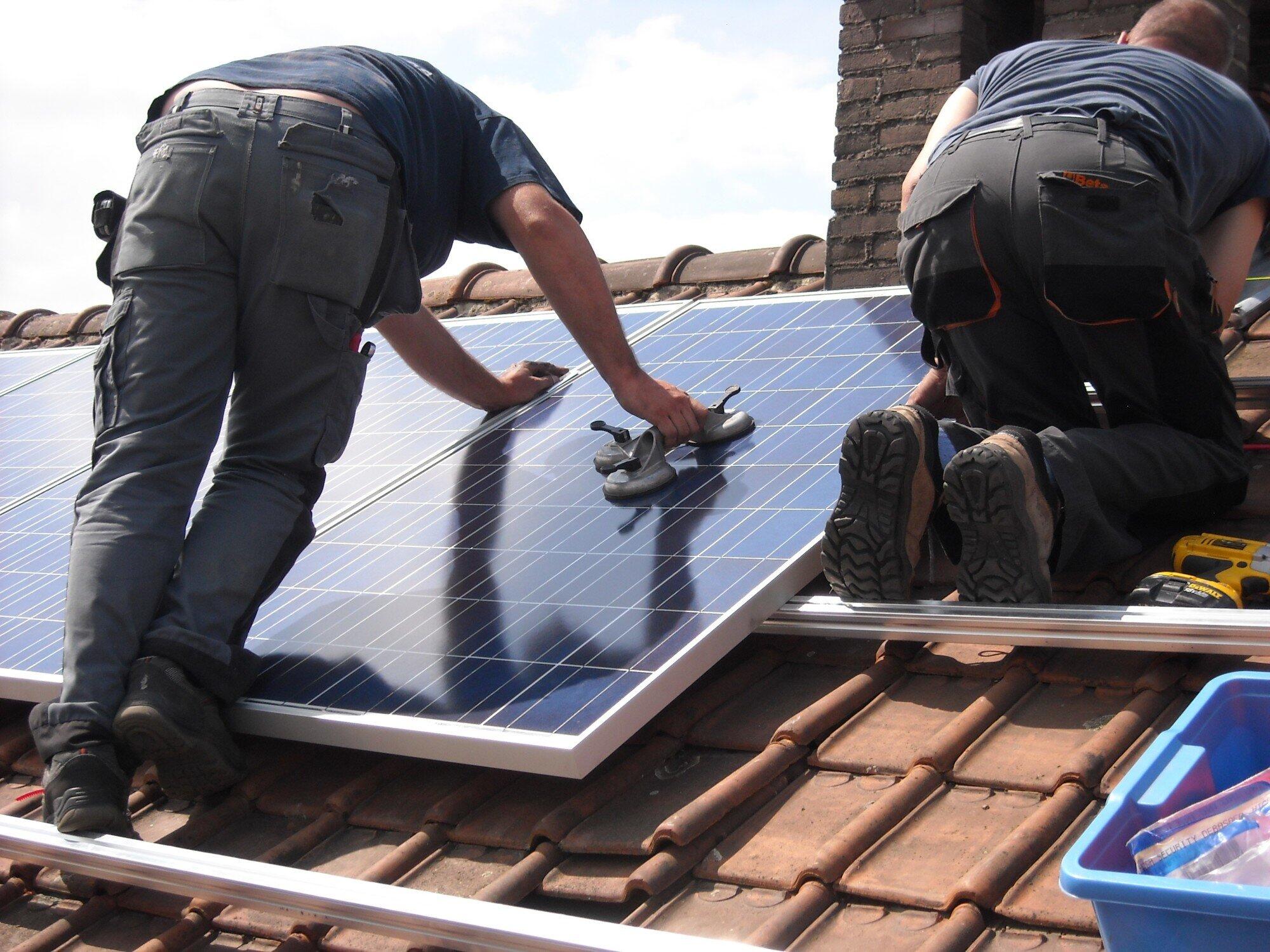A Guide to Solar Installation for Energy Optimization in Your Home
We need to cut our carbon footprint. Solar energy for energy optimization is a beacon of sustainable progress. The world relies on fossil fuels. Shifting to solar power at the individual level isn’t an act of environmental care.
It’s a step towards energy independence and significant cost savings. Yet, navigating the solar installation process for your home can be daunting.
This detailed guide is meant to demystify solar installation. It covers the basics of solar tech to picking the right panel for your roof’s pitch.
By the end, you’ll have the info to turn your home into a tiny solar power plant. You’ll also be confident in helping the global push for sustainable home energy.
Understanding Solar Power 101
It’s crucial to understand how solar energy works and its benefits. Solar power is obtained by harnessing the sun’s energy with photovoltaic (PV) cells. They convert sunlight into electricity that can power your home appliances.
The State of Solar Technology
Advancements in solar technology have improved efficiency and affordability over the years. Homeowners now have a wide range of options. These include classic silicon panels and newer thin-film and bifacial panels.
Also, micro-inverters and energy storage are intelligent technologies. They improve the performance and flexibility of solar setups.
Weighing the Pros and Cons
It’s crucial to understand the full spectrum of their implications. The benefits include:
- slashed energy bills
- potential tax credits
- satisfaction of reducing your carbon emissions
Pre-Solar Installation Prep
The installation may seem complicated. But good preparation can make it easy. Here are the critical steps before installing solar panels on your roof.
Navigating Permits and Regulations
Solar installation is not about practicality. Legalities and regulations play a significant role. This involves applying for permits from your local authority.
You also need to understand utility interconnection rules and follow building codes. A good solar installer can help you navigate this maze.
Financial Planning for Solar
Understanding the financial side is as important as any technical decision. Solar rebates and tax credits are available, and you might be eligible for them.
Financing options range from outright purchases to solar leases or power sale agreements (PPAs). Each option has its own cost, savings, and system ownership implications.
Choosing the Right Solar Installer
With a plethora of options, choosing the right solar installer can be overwhelming. Here are some factors to consider in your search:
The Credentials That Matter
Selecting a reliable and experienced installer is a critical step. Look for certifications like NABCEP (North American Board of Certified Energy Practitioners), customer references, and a solid track record in solar installations. Quality installations ensure your system runs optimally, maximizing both savings and longevity.
Getting Multiple Quotes
Don’t settle for the first quote you receive. Get quotes from different installers to compare costs, warranties, and system performance estimates. These quotes will serve as a barometer for what’s reasonable and ensure you get the best value for your investment. If you are considering a home solar system, consider Semper Solaris.
Prioritizing Energy Optimization
Transitioning to solar energy for energy optimization is a significant but rewarding commitment. While the path to solar may seem complex, the benefits of a cleaner, renewable energy source far outweigh the initial challenges.
Remember, every solar panel installed brings us closer to reducing our collective carbon footprint and fostering a healthier environment for future generations.
For more helpful tips, check out the rest of our site today!







